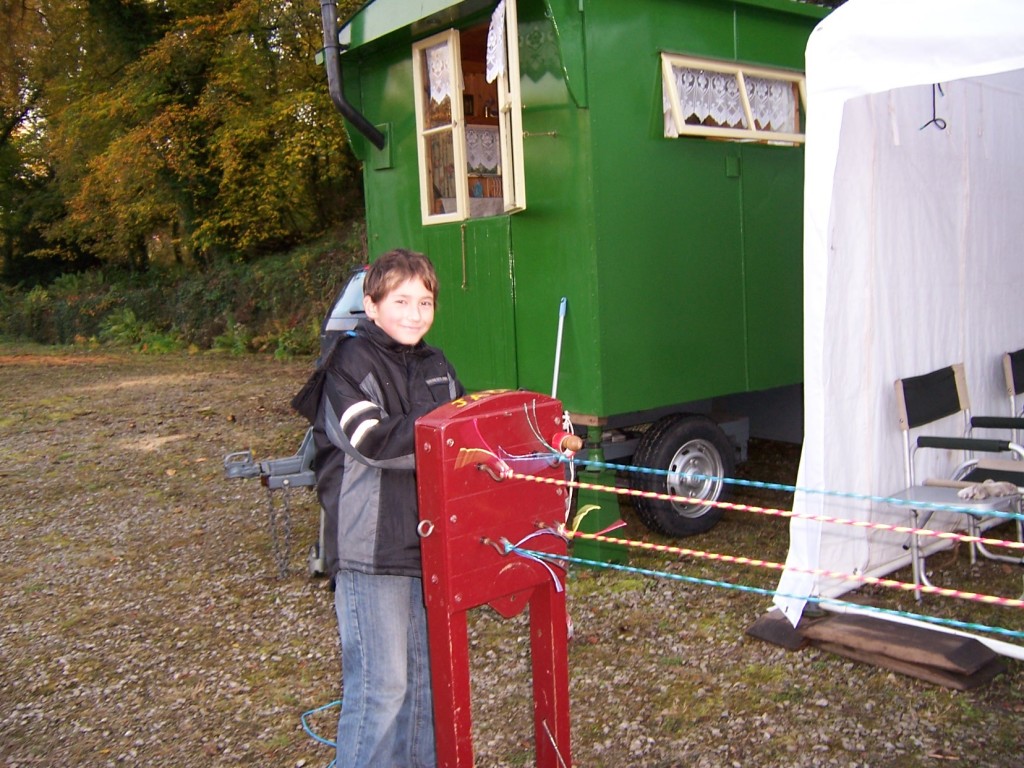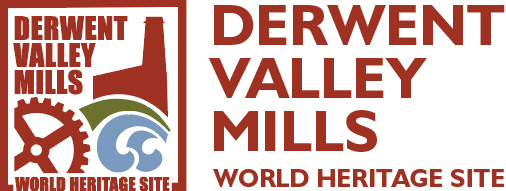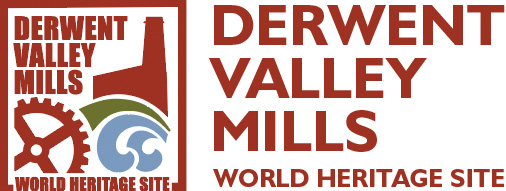Resource – World Heritage Day

Did you know that 18th April is World Heritage Day?
On this date every year activities and events take place all over the world to raise awareness of the current 1154 World Heritage Sites. World Heritage is the shared wealth of humankind. Protecting and preserving this valuable asset demands the collective efforts of the international community. This special day particularly offers an opportunity to raise children and young people’s awareness about the diversity of cultural heritage and the efforts that are required to protect and conserve it, as well as draw attention to its vulnerability.
The Derwent Valley Mills is the only World Heritage Site in the East Midlands and one of only 32 in the United Kingdom. This international designation confirms the outstanding importance of the area as the birthplace of the factory system where in the 18th Century water power was successfully harnessed for textile production. Stretching 15 miles down the river valley from Matlock Bath to Derby, the World Heritage Site contains a fascinating series of historic mill complexes, including some of the world’s first ‘modern’ factories.
Our World Heritage Site provides a unique learning resource. You can download some teacher’s notes to help explain the importance of UNESCO World Heritage Sites in general and the concept of ‘outstanding universal value’. There is also a presentation to download which explains the importance of the Derwent valley Mills, and the reason for its world heritage site designation. Below are links to resources and some activity ideas for celebrating World Heritage Site Day on 18th April.
We hope very much that you will be able to use some of these materials in celebrating World Heritage Day, and the Derwent Valley Mills in particular. We would love to hear what you are doing. Please feel free to contact us at info@derwentvalleymills.org.
Do a World Heritage assembly or presentation:
Download our free presentation about what a World Heritage Site is, why they are important and why the Derwent Valley Mills was listed as being of Outstanding Universal Value: DVM OUV Presentation [4969 kb]. There are teacher’s notes to help you deliver the presentation to your pupils to download: OUV Presentation Teacher’s Notes [211 kb]. Alternatively get your pupils to research World Heritage and sites across the world http://whc.unesco.org/ and the Derwent Valley Mills as the local World Heritage Site to prepare their own presentations picking out what is important to them about their own local heritage. Younger pupils might enjoy the animations, activities and information on the UNESCO Patrimonito website which is specifically for young heritage champions http://whc.unesco.org/en/patrimonito/.
Play some Victorian Games:
Invite your pupils to dress up as children from the Victorian era who would have worked in the mills. Have a go at skipping, cup and ball, hoops, hop scotch and other typical Victorian games that would have been enjoyed when the Derwent Valley Mills were in operation. Download the instructions for a variety of Victorian children’s games and have a go.
Have a Victorian School Day:
Explore the school rules and lessons that the children would have followed when they were at school in the 19th Century. Found out more at http://www.victorianschool.co.uk/schoolday.html. Or get your pupils to create short drama sketches showing what it was like to be a child working in a mill – http://www.bbc.co.uk/schools/primaryhistory/victorian_britain/children_in_factories/.
Write a diary entry, become a reporter or create a scene!
Use a site visit, a reading of a book (like Scavenger Boy by Theresa Tomlinson) to inspire some creative writing. Write a diary entry for a ‘day in the life of a mill child’ or write a newspaper report about a special occasion or incident at the mills. You could even use inspiration from the many interesting, intriguing and some downright gruesome entries in William Bamford’s diary [441 kb]. This amazing document is a ledger that was once the property of W. G. and J. Strutt of Belper and Milford, Cotton Spinners. In the ledger account has been kept of cotton bought, manufactured and sold, the number of hands employed and wages paid, the maintenance of buildings, the cost of installing the gas works and the expenditure on such undertakings as the new Chesterfield road through Duffield, Makeney, Belper and Heage. However, the most interesting items are the jottings, interspersed between the accounts of events which occurred at the time, that is between 1820 and 1845. From body snatching, murders, illness, accidents, celebrations, births, marriages and VIP visits to the mills and town, these notes make fascinating and inspiring reading. Extract a few interesting entries and invite your pupils to write up the events leading up to the diary entry and following from it, or invite them to act out the dramatic events!
Creative World Heritage Site:
Use your learning, research or on site visits to inspire and create. Write a poem about life working in the mills or in the area in the past, or about what the area is like today. Create a painting, sculpture, collage or sketch of what the Derwent Valley Mills looks like today or was like in the past. Take photographs of inspiring or interesting views and scenes. Why not send them in to us, so we can consider them for exhibition or publication?
Raise Vital Funds:
Conserving, protecting and enhancing the valuable Derwent Valley Mills World Heritage Site for now and the future is an expensive business! There are lots of local groups, charities and organisations raising funds to do vital repair and restoration works. How about having a ‘non-uniform day’, a sponsored mill workers dress up day, or organising a raffle, fundraising event or activity and split the proceeds between your school and a local World Heritage Site organisation. Some of the organisations involved are: Derwent Valley Mills World Heritage Site, The Arkwright Society, Belper North Mill Trust, Friends of Belper River Gardens, Friends of Cromford Canal, Derby Museums Trust.
Share and Celebrate your World Heritage Site with us:
We’d love to see what you and your pupils have been doing to celebrate World Heritage Day. If you’d like to send in photographs, videos, art works, poems or presentations of what you’ve done, we’d be delighted to share them on our website, in our newsletters, and in our exhibitions. Please post anything to DVMWHS Coordination Team, Derwent Valley Mills World Heritage Site, County Hall, Matlock, Derbyshire, DE4 3AG or email to dvmwhs@derbyshire.gov.uk . Please ensure that any photographs or videos featuring adults or children have an appropriate permission form completed and signed for all featured individuals or unfortunately we will be unable to use them. Download our photo permission form here.

